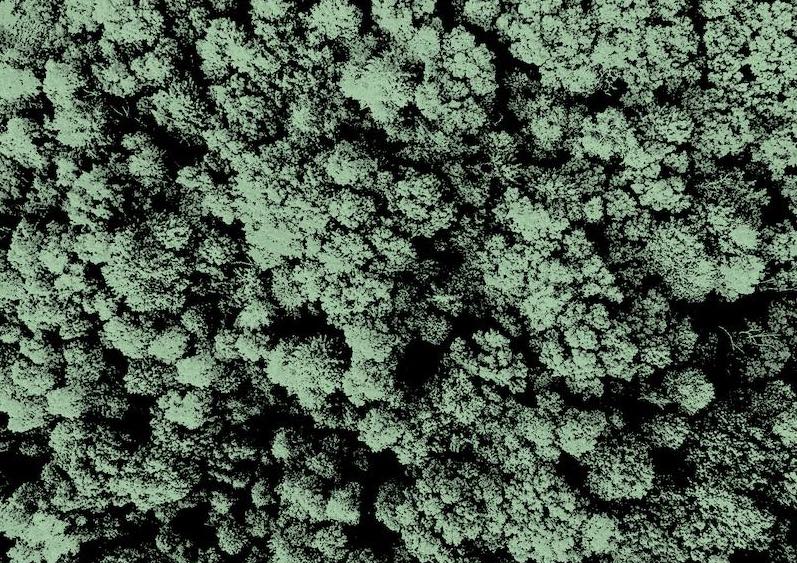What is it about?
Origami, the Japanese traditional art of paper folding, has gained the attention of researchers and engineers as a geometric tool to program the object’s mechanical properties. For example, by appropriately adding creases to the objects, we can flatten the things, or create a structure that behaves like a switch jumping two different states. In the present study, we focused on an interesting phenomenon, “undulation of shape,” observed in a kind of origami with creases aligned regularly, and clarified its hidden mathematical structure.
Featured Image

Photo by Carolina Garcia Tavizon on Unsplash
Why is it important?
The mathematics of origami is based on the fact that a paper is inextensible and unshearable. Under this assumption, clarifying the possible folded state or possible folding motion of an object with creases is a significant question. However, solving the problem becomes more challenging as a crease pattern becomes complex. This time, we took a new approach by considering origami as a collection of simple units and describing their relationships as a "dynamical system." Through this approach, we unveiled the mathematical structures hidden behind the undulations of shapes. Viewing origami as a system rather than just gazing at the whole has the potential to lead to the discovery of new phenomena, including the undulations of shapes.
Read the Original
This page is a summary of: Undulations in tubular origami tessellations: A connection to area-preserving maps, Chaos An Interdisciplinary Journal of Nonlinear Science, August 2023, American Institute of Physics,
DOI: 10.1063/5.0160803.
You can read the full text:
Resources
Contributors
The following have contributed to this page










